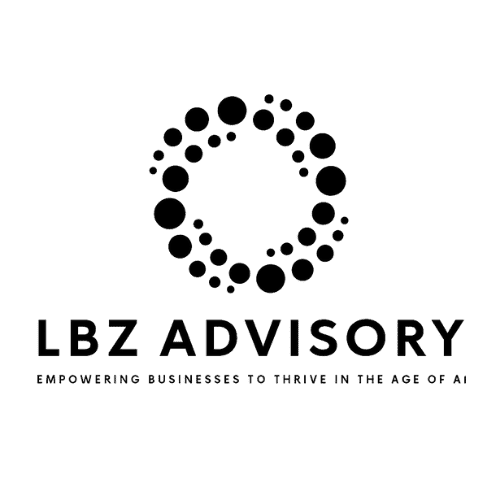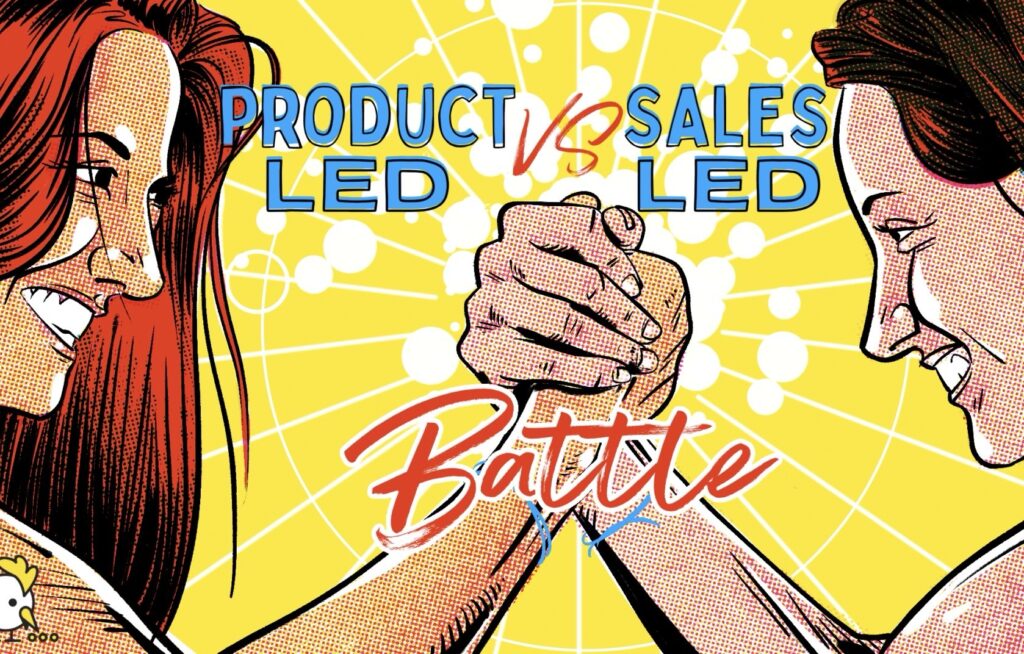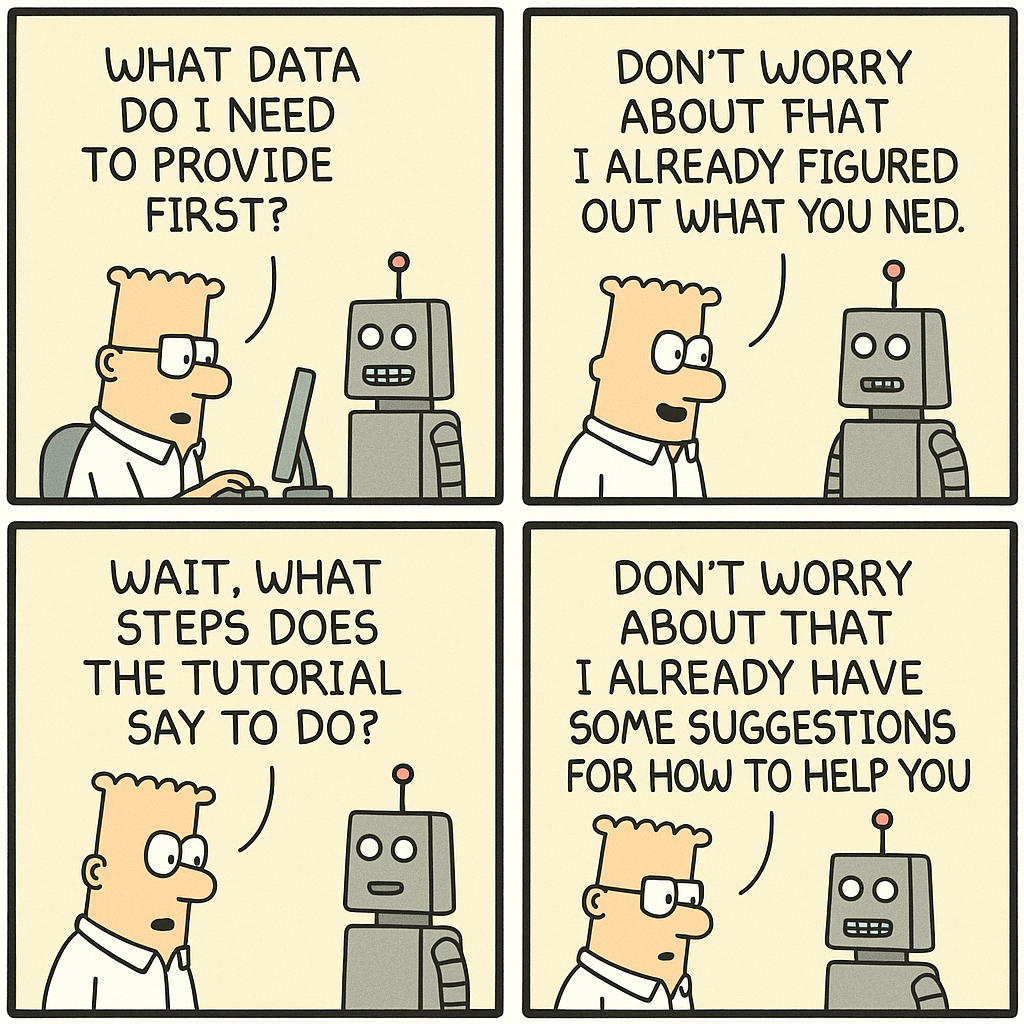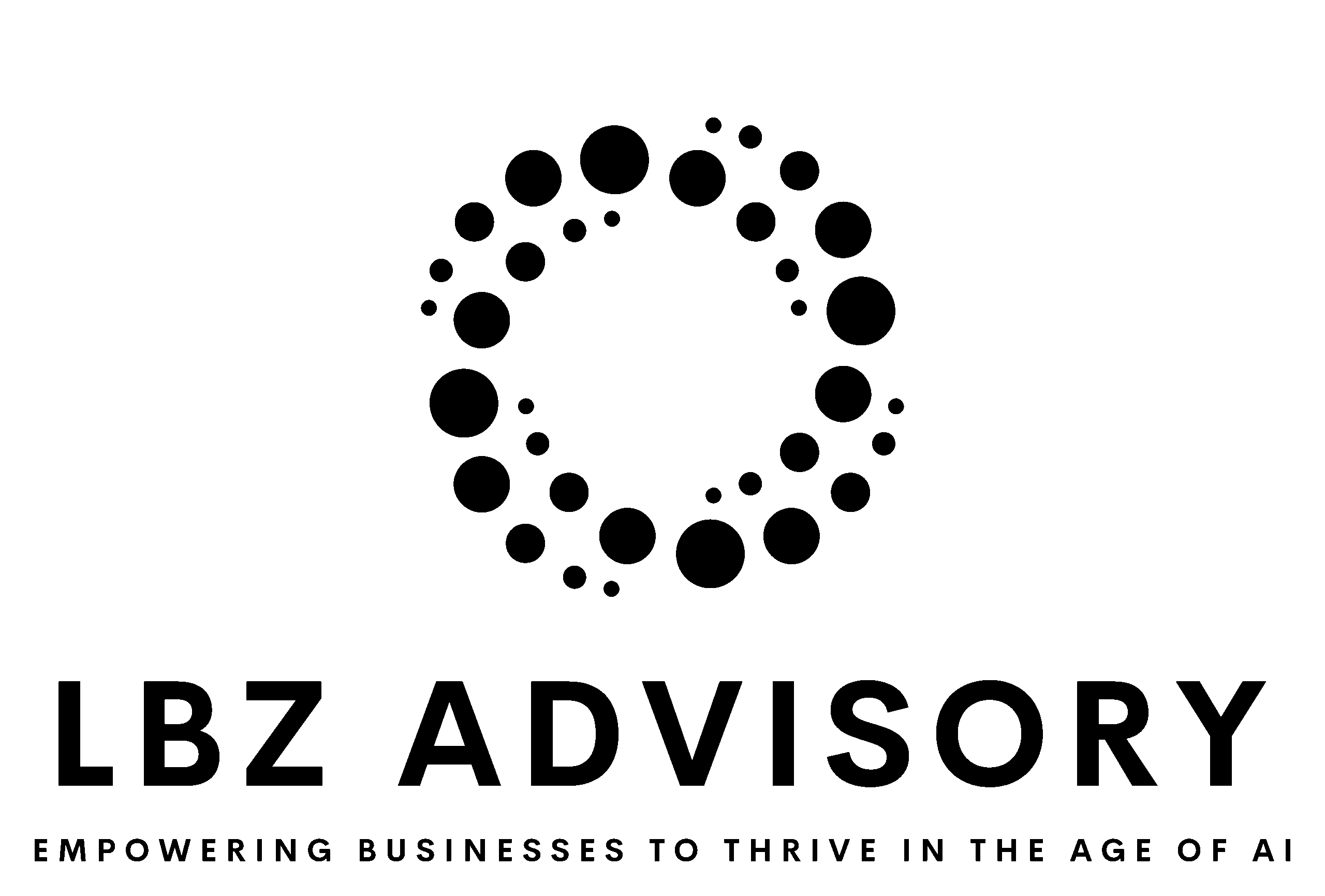Have you ever felt like your enterprise software is designed for an imaginary committee instead of actual users? You’re not alone. Many traditional enterprise products suffer from a feature-first mentality, neglecting the very people they’re supposed to serve. But more and more companies are embracing a product-led growth (PLG) mindset, even in the enterprise SaaS space. This approach differs significantly from traditional enterprise product cultures in several key aspects.
This post dives into the seismic shift happening in enterprise SaaS, revealing the key differences between PLG companies and traditional players. Let’s explore the distinctions that set PLG companies apart and why they are becoming increasingly crucial for success.
Obsessive Customer Centricity
PLG companies are laser-focused on understanding their users’ needs, behaviors, and pain points. They prioritize delivering an exceptional user experience and solving real problems for their customers. They constantly gather data, listen intently to feedback, and prioritize experiences that delight their customers.
In contrast, traditional enterprise product cultures are often more internally focused, with decisions driven primarily by internal stakeholders and roadmaps. Or, based on long lists of feature requests from existing enterprise customers. Often requests that prove very niche. Decisions are driven by internal roadmaps and stakeholder interests, sometimes neglecting the user experience.
Simplicity and Usability at the Forefront
PLG companies place a strong emphasis on the end-user, prioritizing user experience and product usability. PLG champions understand that simplicity is king. Their products are designed with intuitive interfaces that users can master quickly, minimizing the need for extensive training or support.They aim to create products that can be self-served, reducing the need for extensive sales or customer support.
Traditional enterprise product cultures, on the other hand, often focus more on meeting a comprehensive set of features required by various stakeholders, which may not always translate to a superior user experience. They can become bloated with features that cater to every possible scenario. This complexity can overwhelm users and hinder adoption.
Product-Driven Growth
PLG companies rely heavily on their product’s ability to attract, engage, and retain users organically. They often use freemium models, free trials, or in-product upsells to drive growth and retain users. Their focus is on creating a delightful experience that drives word-of-mouth recommendations and viral growth.
Traditional companies often rely heavily on sales teams and marketing campaigns to push their products. And they heavily rely on top-down adoption. While these methods can be effective, they lack the organic momentum and user enthusiasm that PLG fosters. efforts, and
Data and Metrics Obsession
Data is the lifeblood of PLG. These companies meticulously track key metrics like activation rates, feature adoption, retention, and customer satisfaction. These insights fuel continuous improvement, ensuring the product keeps evolving to meet user needs.
Traditional players often rely on subjective feedback and anecdotal evidence. This approach can be slow and prone to bias, hindering effective product development.
Experimentation and Innovation Culture
PLG companies embrace a culture of constant learning and adaptation. They’re not afraid to experiment, test new features, and iterate based on user feedback. Even failures are seen as valuable learning opportunities. They embrace a culture of experimentation, rapid iteration, and continuous innovation.
Traditional enterprise product cultures can be more risk-averse and slow-moving, with longer release cycles and more cumbersome approval processes. This stifles innovation and makes it difficult to adapt to changing user needs and market trends.
Bottoms-up Adoption
PLG companies understand that real adoption comes from the bottom up. They create products that are easy for individual users and teams to discover, try, and champion within their organizations.
Traditional enterprise product cultures often rely on top-down deployment and mandated adoption within organizations. This can lead to resistance and limited user engagement.
So, where does your organization stand? Are you clinging to outdated methods, or are you ready to embrace the PLG revolution?
As businesses strive to stay competitive and meet the evolving needs of their customers, embracing a product-led growth mindset can provide a significant advantage. By prioritizing user experience, enabling self-service, and fostering a culture of innovation and data-driven decision-making, companies can drive organic growth, improve customer satisfaction, and stay ahead of the curve. So, where does your organization fall on this continuum, and where do you want to be?
















